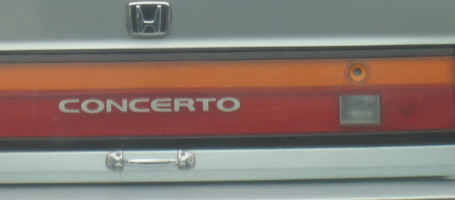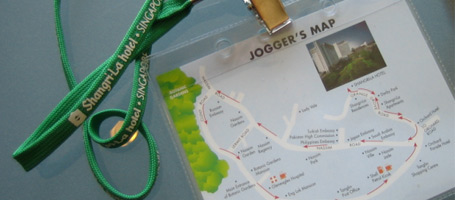 These two snippets make me wonder if a customer focused approach to business and design has truly taken hold here. One’s about Banks, the other Camper-vans.
These two snippets make me wonder if a customer focused approach to business and design has truly taken hold here. One’s about Banks, the other Camper-vans.
Banks were some of the first companies in NZ to make a significant investment in usability and customer research, with leading banks improving their online and offline products and services. From internet banking, to call centres and even in-branch experience. Kiwibank even used this as a point of difference.
According to a recent survey, This User Centred approach has paid off.
The up-shot of the study was that ‘Banks provide the best customer service experiences’, with 7 of the top 10 spots in the survey taken by banks.
The survey company concluded that banks were “much more customer-focused” than other service providers
With people changing banks more frequently than ever before, it’s no wonder they are discovering and paying attention to the details which matter to their customers. (Telco’s fared the worst in this survey, but that’s another story)
Oh yes, and the camper-vans.
A coachbuilding firm in industrial South Auckland who build camper-vans are advertising a ‘User Experience Design Manager’ position.
They’re looking for an industrial designer who’ll need to ‘advocate and have a strong end user focus’ with the end result being “unforgettable holiday experiences” for their customers.
…Brilliant.
Many website design firms pay lip-service to user experience, but here’s a manufacturing company who’s seen the value of UX and is backing it up with budget and action, from a strategic level right down to the factory floor.
Maybe it was osmosis, or maybe there’s an exciting undercurrent of User Experience in the world of tourism and camper-vans.
Either way this is a great sign, and perhaps something to remember when you’re next stuck behind one on a hill.



 This Honda trunk-lid has been simplified and streamlined so much that the owner has crudely screwed on a ‘hardware store’ handle to make it easier to use.
This Honda trunk-lid has been simplified and streamlined so much that the owner has crudely screwed on a ‘hardware store’ handle to make it easier to use. This Mazda door entry has gone the other way by adding complexity; a key-code entry, which looked to me like it had never been touched, whereas the standard key-hole had seen plenty of action.
This Mazda door entry has gone the other way by adding complexity; a key-code entry, which looked to me like it had never been touched, whereas the standard key-hole had seen plenty of action.






